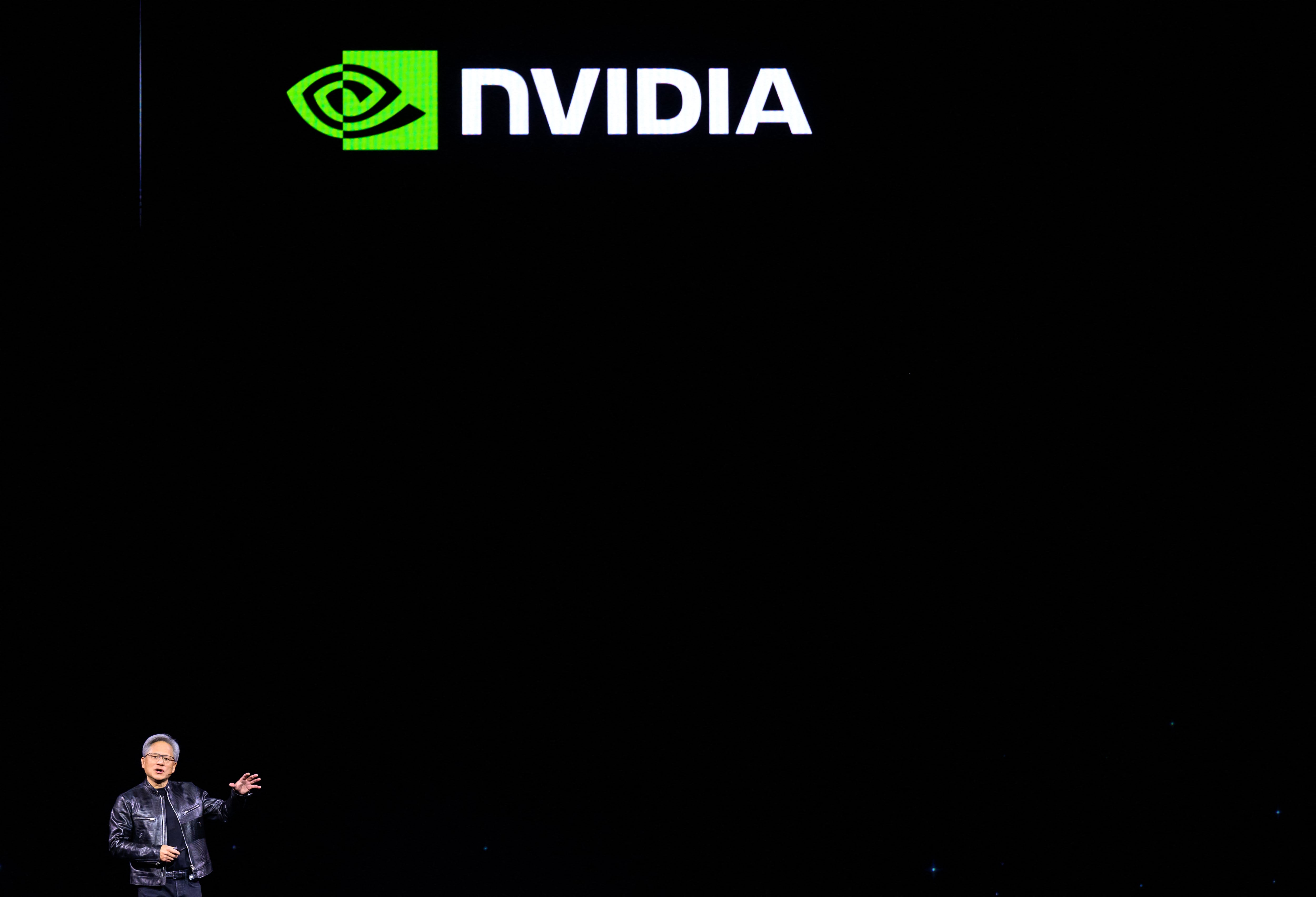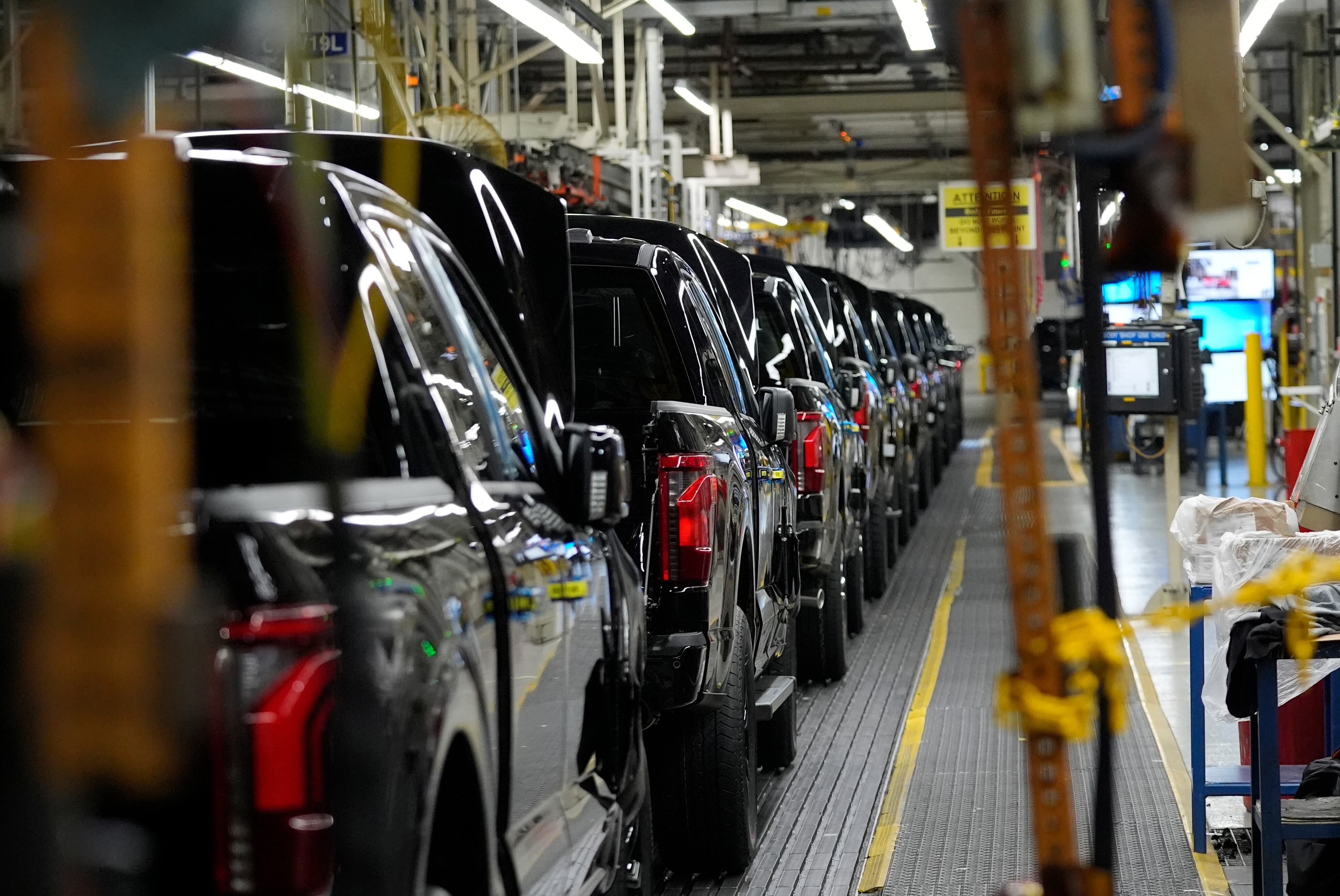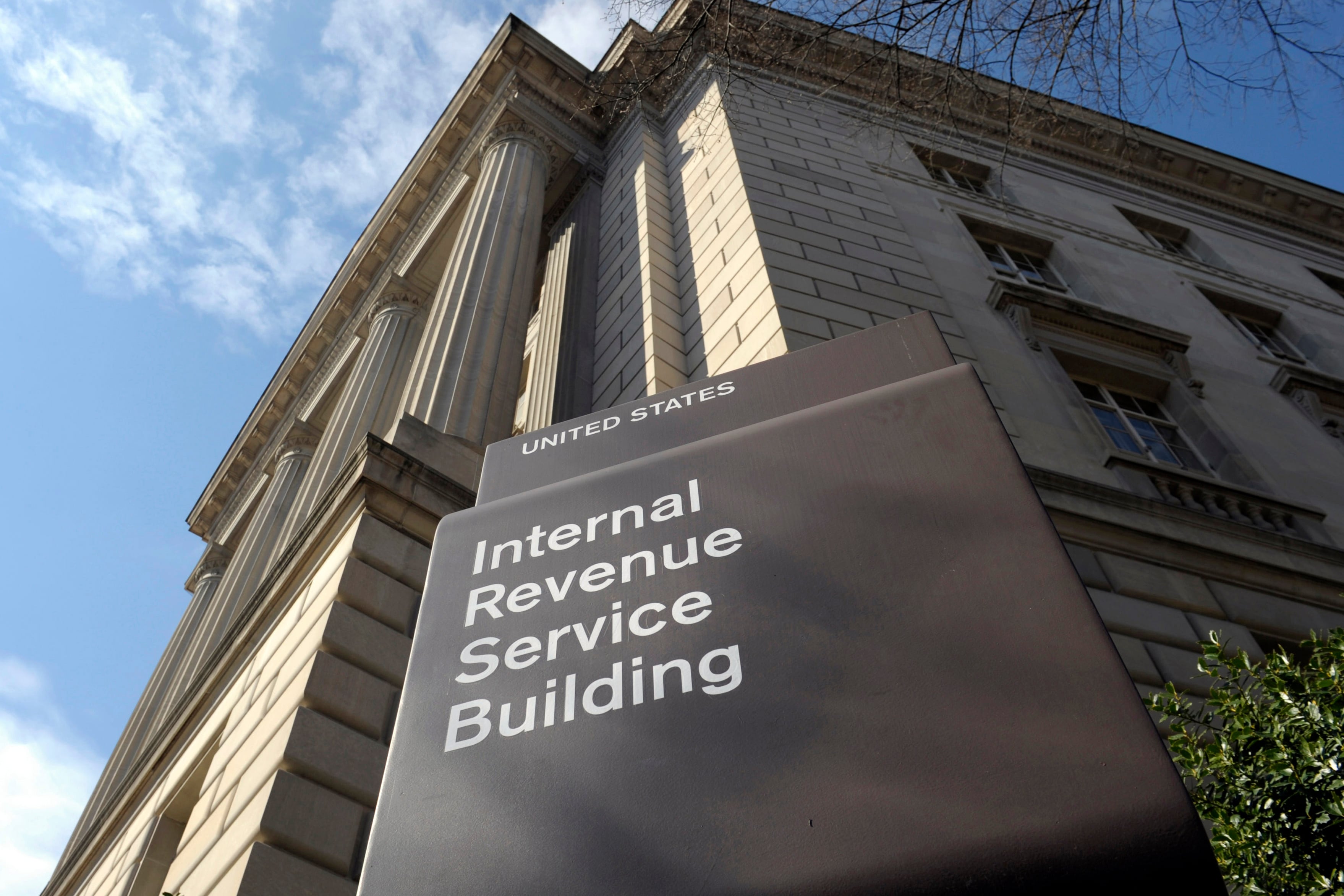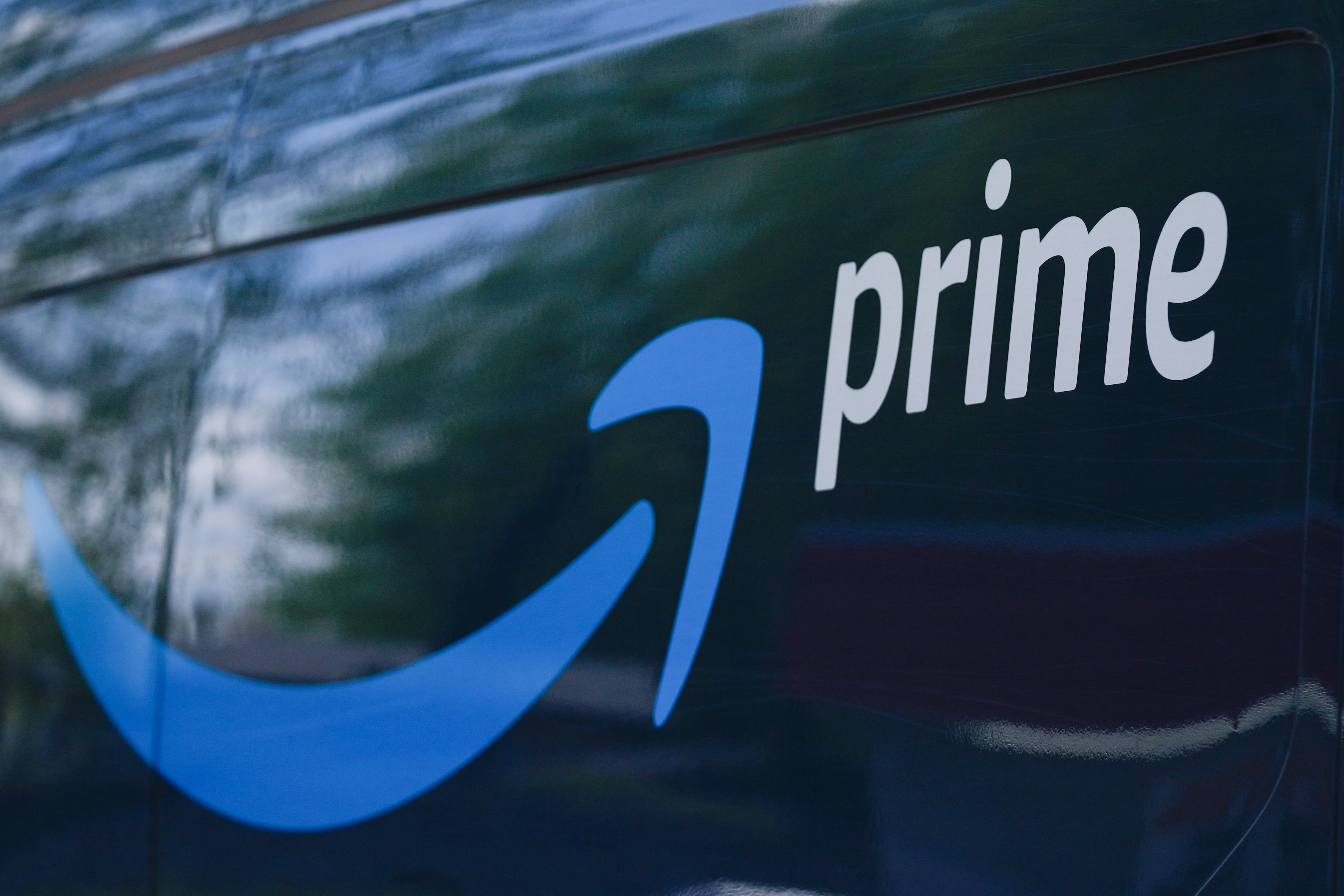*By Carlo Versano* The National Retail Federation trade show, held this week in New York City, has long been a place for industry players ー merchants, retailers, payment providers, marketing execs ー to gather and preview the latest innovations in commerce, ranging from the newest cash registers to advancements in store displays. And while Amazon, the world's largest retailer, was conspicuously absent from this year's event ー other than a small booth promoting its web services division ー the presence of the e-commerce behemoth could be felt across the vast expanse of the Javits Convention Center. "Every single person here is trying to figure out how to capitalize on Amazon's ($AMZN) success," said Mike Zolot, director of retail sales for Brother, the Japanese printing giant. For Brother, a 110-year-old company that began as a producer of sewing machines and diversified in the 1970s to the then-hot printing business, Amazon's impact on e-commerce has created a counterintuitive business opportunity. As home printer sales have cooled, Brother found that online retailers were still very reliant on old-fashioned paper for their shipping logistics. Invoices, "pick tickets," and reams of shipping labels still need to be printed, Zolot said. "It's still easier, even today, for most people to print something out and see it." Printing still has a function in offline retail, too, he said. "There will always be someone who demands a paper receipt." According to half a dozen retailers and entrepreneurs who spoke to Cheddar at NRF, Amazon has most notably changed the retail business' concept of speed. "Amazon has spoiled us," said Vik Pavate, CEO of Locix, a startup that uses A.I.-infused spatial cameras to help e-commerce companies manage their warehouse inventories. "It's all about instant gratification now." For retailers that don't have the scale or resources of Amazon but still need to provide free (or cheap) and fast shipping, they need to rethink the journey their products take from the warehouse to the doorstep. In some cases, Pavate said, that means building new, smaller, and semi-autonomous fulfillment centers within or just outside major urban centers. But since securing that real estate is inherently a more expensive undertaking than building a warehouse in a rural area, it's all the more critical to create efficiencies in how the space is usedー and what is stocked. Stores doing online sales require three times more physical space because of inventory needs and packaging, according to Pavate. "As commerce gets more urbanized, physical space utilization becomes make or break for a business." Amazon went so far as to open a fulfillment center in a tower [across from the Empire State Building](https://www.cnet.com/news/why-amazon-built-a-warehouse-inside-a-midtown-manhattan-office-tower/), paying some of the highest per-square-foot real estate prices in the world in an effort to get goods to Manhattan-based Prime members in under an hour. "Most stores don't have that luxury," Pavate said. Across the vast exposition space, the concept of "digitizing physical spaces" was repeatedly cited as a means to compete with Amazon, not just for other e-commerce players and their back-end operations, but for physical stores as well. Scandit, a Swiss software company, uses machine learning to build software that both retail associates and customers can use in-store to find inventory, see product specs in augmented reality, and read consumer reviews, all by pointing their smartphone cameras at a bar code. "We're seeing that retailers want to make the offline experience more closely resemble the online experience," said Samuel Mueller, Scandit's co-founder and CEO, standing beside a stack of company brochures that urged clients to "Think Like Amazon." By using smartphone and app technology, which Mueller noted nearly all customers and employees already have in their pockets, retailers can "digitize their stores" without a huge upfront cost. That pitch has already worked on major retailers like Apple ($AAPL), which uses Scandit technology pre-loaded onto its associates' iPhones across its brick-and-mortar locations. Pavate, the Locix CEO, said he came to NRF directly from CES, the huge consumer electronics show in Las Vegas, and the two expos looked more alike than ever, though in New York everything seemed to address a singular problem. "Everyone in this building is asking how they can compete with the e-commerce ecosystem that Amazon built," he said. "They should call this the e-NRF now."












